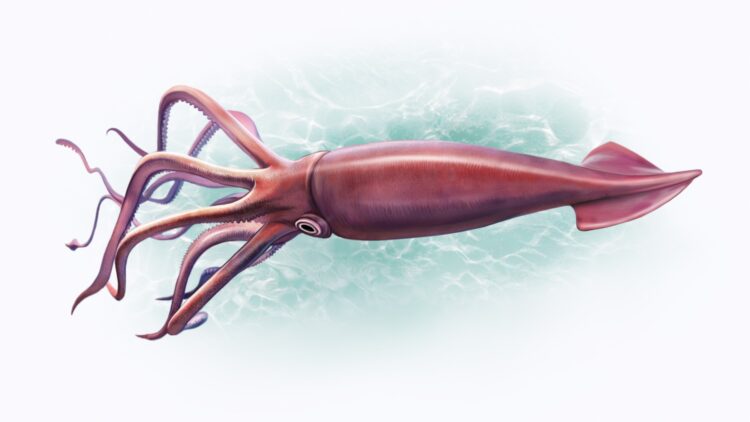The ocean is a vast and quite scary place. We have only touched the surface ((literally) of what we know about it, and while there are endless wonders to discover beneath the surface, there are some creatures that we already know something about and we do not get to see often because they are usually so deep within. One of those creatures has just been sighted for the first time in 100 years, and it is the colossal squid (Mesonychoteuthis hamiltoni).
While most of us are aware that most squids are bigger than the few species that we eat and we find at the fishmonger, few of us can separate the image of the small white creatures from the illustrations of huge monsters that have permeated the collective imagery thanks to science fiction movies and manga. After all, knowing that there is a version of a creature that exists that is vastly different from the form we are used to seeing is not just unhelpful, but really hard to comprehend.
The new sighting of the colossal squid deep in the ocean
While a hundred years between sightings might not seem like a lot in the grand scheme of things, the reporting that we had then and the images that we can capture now are night and day. The only reason why we know for sure it is the same creature is because fishermen have been reporting for decades when they have found one (dead) in the stomach of a whale or dying when they have surfaced. But this will be the first time that a scientific expedition has seen a young and healthy member of this species, and it is an event for the history books.
The privileged scientists that were able to see this magnificent creature were an international team aboard the research vessel Falkor, from the Schmidt Ocean Institute. The crew recorded the sighting of this 30-centimeter-long squid at a depth of 600 meters on March 9 during an expedition near the South Sandwich Islands in the South Atlantic Ocean which is the natural habitat for this creature.
Regrettably, it was not a human who made these recordings, it was the remotely operated vehicle (ROV) SuBastian from the Ocean Institute sent down to collect images, but what an image did it collect.
While 30-centimeter-long is already a reasonable size for what we imagine a big squid looks like, it does not fit its name of “colossal squid” and that is because what was captured was a young specimen. From what we have seen from the remains found in other creatures as well as the ones that have been seen once they have passed, the “colossal squid” can grow up to seven meters long and can weigh up to 500 kilograms, which makes them the heaviest invertebrate on Earth that we know of. Now that does fit the image a bit better.
Dr. Kat Bolstad of Auckland University of Technology, one of the independent scientific experts consulted to verify the footage was fascinated with the sighting and gushed about the images “It’s thrilling to see the first in-situ footage of a juvenile colossal squid. It’s touching to think they have no idea humans exist.”
While this sighting is exciting, there is still a lot to learn about this species, as we know very little other than the fact that they are translucent when they are younger, and as they age they lose this transparency. Hopefully now that technology has advanced we will see a lot more alive specimens to study and we will be able to understand what goes on in the depths of the sea a bit better.

